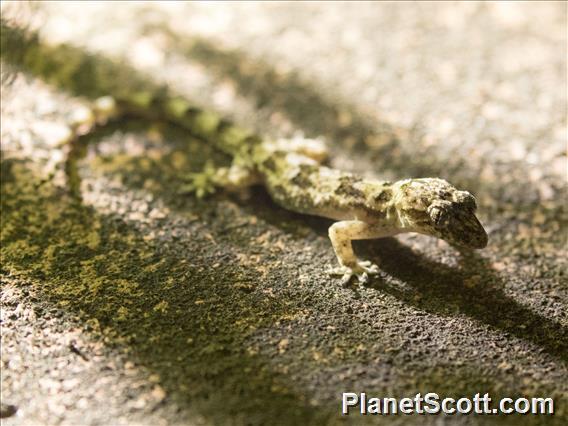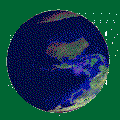House Gecko (Hemidactylus mercatorius)

House Gecko (Hemidactylus mercatorius)
×


House Gecko (Hemidactylus mercatorius)
About House Gecko (Hemidactylus mercatorius)
- Kingdom: Animals
- Phylum: Chordates
- Class: Reptiles
- Order: Lizards and Snakes
- Family: Geckos
Hemidactylus mercatorius is a species of gecko. There has been confusion between it and Hemidactylus mabouia, making it difficult to establish the ranges of the species. While the Reptile Database gives Hemidactylus mercatorius a wide distribution in eastern Africa, the IUCN restricts its native distribution to Madagascar and some other islands in the Indian Ocean.
Source: Wikipedia
Trips
Visits
-
2017-11-18
Antananarivo, Madagascar

